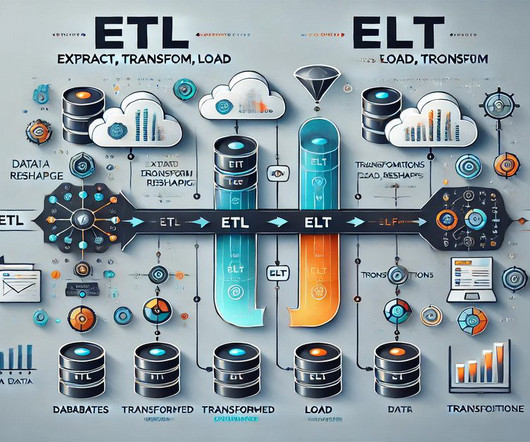What is a data fabric?
Tableau
APRIL 18, 2022
What if the problem isn’t in the volume of data, but rather where it is located—and how hard it is to gather? Nine out of 10 IT leaders report that these disconnects, or data silos, create significant business challenges.* Data preparation. Provide a visual and direct way to combine, shape, and clean data in a few clicks.











Let's personalize your content